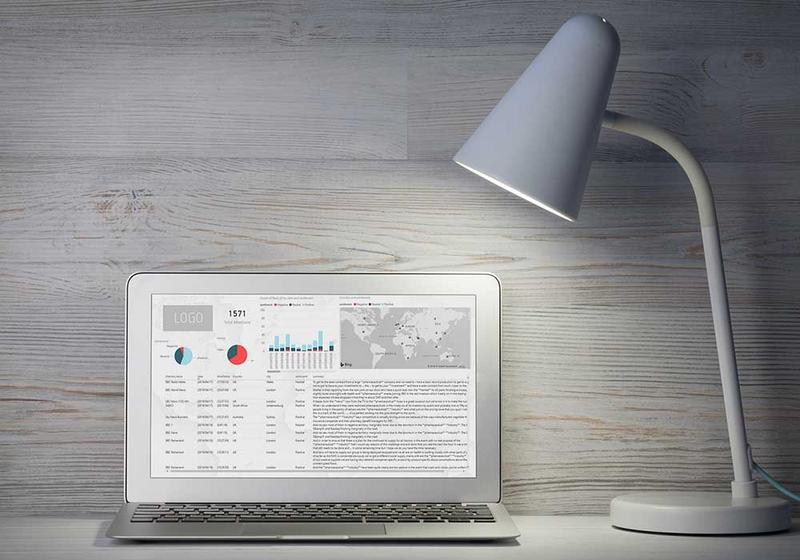
Business Intelligence (BI) tools continue to be a driving force in data analysis, facilitating effective decision-making at a remarkable pace. Recent statistics indicate a robust trajectory for BI software, with global revenue projected to surge from an estimated US$ 22.24 billion to an impressive US$ 32.48 billion between 2022 and 2027, according to the latest insights (Statista, 2023).
In parallel, companies on a global scale are increasingly acknowledging the advantages of BI, prompting a strategic move to elevate their commitment. The forecast development reveals that companies plan to elevate their average spending per employee on BI software, anticipating a total increase to US$ 9.04 by 2027. This substantial rise underscores the growing recognition of BI’s instrumental role in organizational success.
To fully tap the potential of BI, it is essential to comprehend its origins and evolution. While the term Business Intelligence first emerged in the early 1960s, its contemporary significance took shape during the mid-1980s, gaining widespread adoption only in the late 1990s.
According to analyst Howard Dresner, BI encompasses “concepts and methods to improve business decision making by using fact-based supporting systems” (Wikipedia). It involves a comprehensive array of strategies and technologies designed to interpret data and extract vital insights, whether historical, current, or predictive. This data could originate from internal sources such as finances and operations, as well as external sources like news media. To navigate the dynamic landscape of BI, a deeper understanding of its fundamentals is crucial for organizations aiming to leverage data effectively.
Nowadays, businesses can draw information from an immense number of sources. BI tools facilitate the work of processing and make sense of this information overflow. Among the most common functions within these tools are for example:
Performing all these strategies and functions yourself would come close to a temporal disaster. Luckily, there are plenty of cutting-edge BI tools ranging from well-known companies like Microsoft or IBM to lesser known but still powerful ones. Businesses integrating one of these tools can benefit from:
The input of external data such as media content is not only valuable for the interpretation of changes within a company but also a particularly important factor for forecasting. Often, it is unexpected influences that cause movements in the market and thus also in one’s own company. Therefore, it is crucial to have the most accurate, comprehensive and reliable set of data available.
eMedia Monitor takes up the task of being the first provider of broadcast data for all commercially available business intelligence tools. eMM’s Data Cubes for BI are an innovative solution that enables the combination of data extracted from media monitoring with the company’s own internal data.
As a result, real-time information from TV and radio channels all over the world is part of the business analysis. Political events, natural disasters, economic changes or adjustments on the stock market price are just a few examples of broadcast data that can have a significant impact on international companies.
This type of data makes business intelligence even smarter – and your decisions the best-informed you’ll ever make. To learn more about how your business can benefit from the integration of eMM’s Data Cubes for BI, contact us and schedule a demo.
You might also be interested in:
Open Source Intelligence - Using freely available information